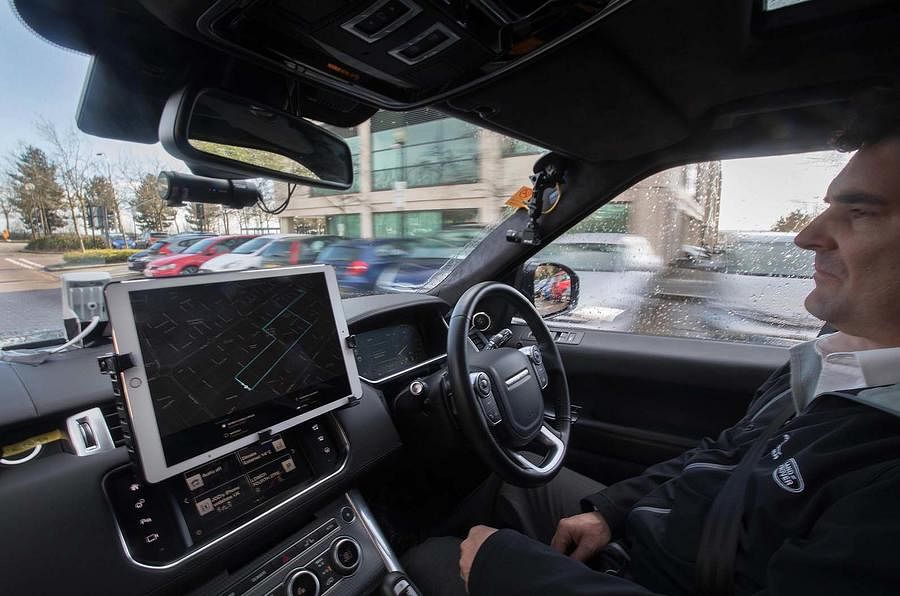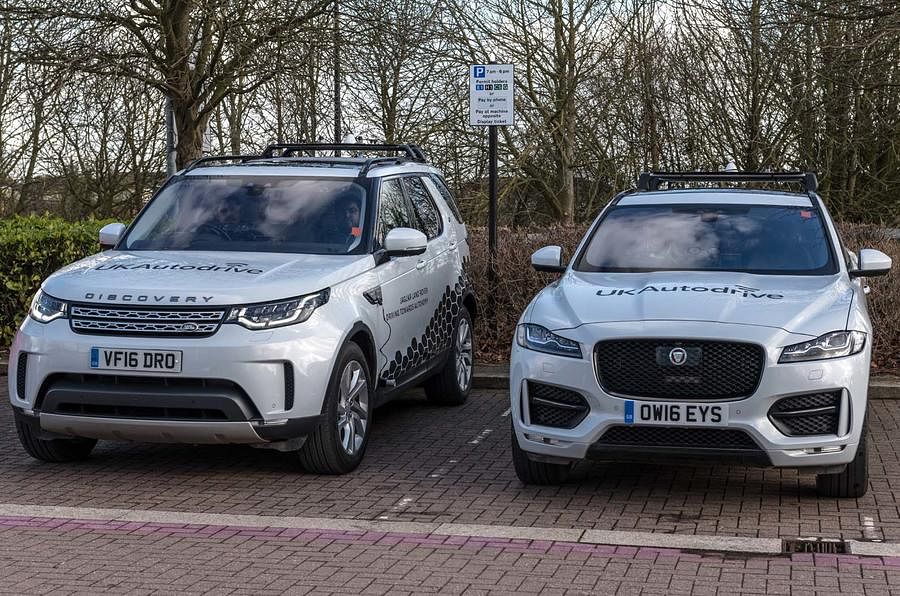UK Autodrive shows autonomous car valet tech that could slash urban traffic
Thirty percent of congested urban traffic is due to drivers looking for parking spaces; this technology aims to fight that.
The UK Autodrive project which kicked off in 2015 to test autonomous vehicles on UK roads, has stepped up a notch with a demonstration of cars that can seek out spaces and park themselves.
The project partners include Ford, Jaguar Land Rover and Tata Motors European Technical Centre (TMETC).
A demonstration in Milton Keynes showcased two parking-related technologies. The first identifies the location of available parking spaces in a car park and keeps the driver informed. When the car enters a car park it gets an updated heat map showing the availability of parking slots.

The information is updated in real time by data from other connected cars in the same car park, showing parking spaces filling up and becoming vacant. Jaguar Land Rover showed a more sophisticated technology which enables a prototype autonomous Range Rover Sport to drive to an available parking slot and self-park. In a press release, Joerg Schlinkheider, Jaguar Land Rover chief engineer, automated driving, said, “We're investing heavily in automated technologies to make our customers lives safer and more convenient.”
According to UK Autodrive, 30% of congested urban traffic is due to drivers looking for parking spaces. Arup’s Tim Armitage, UK Autodrive’s project director, says valet parking systems will allow autonomous vehicles to drop passengers off at their destinations before moving off to park out of town.

Doing so will reduce the space need for parking in city centres which could be put to better use.
Two connected car safety features were also trialled on UK public roads for the first time. The first, Emergency Vehicle Warning (EVW) alerts a driver to an approaching emergency vehicle and the direction it is coming from. The second was Electronic Emergency Brake Light (EEBL) which alerts the driver when a similarly connected car further ahead brakes heavily. The system gives drivers crucial extra time to react to unseen problems ahead and avoid collision.
This summer, UK Autodrive will also trial a fleet 40 low-speed, self-driving pods in pedestrian areas of Milton Keynes. A final set of demonstrations involving both cars and pods is planned for this autumn, rounding off the three-year UK Autodrive project.
RELATED ARTICLES
Volvo Cars signs recycled steel supply pact with SSAB
The recycled steel will be used in selected components of the forthcoming, fully electric EX60 SUV, as well as other car...
Schaeffler and NVIDIA ink technology collaboration to advance digital manufacturing
Using NVIDIA Omniverse, Schaeffler is expanding its production elements, which will be integrated and simulated as digit...
BMW Group to industrialise Virtual Factory, slash production planning costs
What once required several weeks of real-world modifications and testing can now be precisely simulated in the BMW Group...





 22 Mar 2018
22 Mar 2018
 5196 Views
5196 Views
















 Autocar Professional Bureau
Autocar Professional Bureau




